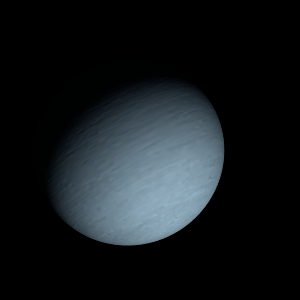|
|
Space Astro
|
Info for exoplanet "Fusumya"
| Scientific (actual) data |
|---|
| Name | HATS-18 b |
| Planet status | Confirmed |
| Planet mass | 1.98 |
| Radius | 1.337 |
| Orbital period | 0.837843 |
| Semi major axis | 0.01761 |
| Orbit eccentricity | 0.166 |
| Inclination | 85.5 |
| Discovered | 2016 |
| Updated | 2016-06-06 |
| Tzero tr | 2457090 |
| Impact parameter | 0.29 |
| K | 415.2 |
| Temperature (kelvin) | 2060 |
| Publication | Published in a refereed paper |
| Detection type | Primary Transit |
| Mass measurement type | Radial Velocity |
| Radius measurement type | Primary Transit |
| Star name | HATS-18 |
| Right ascension | 173.96° |
| Declination | -29.16° |
| Mag v | 14 |
| Star distance | 645 |
| Star metallicity | 0.28 |
| Star mass | 1.037 |
| Star radius | 1.02 |
| Star sp type | G |
| Star age | 4.2 |
| Star temperature | 5600 |
| Wikipedia article | HATS-18 b |
Back
| |
| Fictional info (?) |
|---|
| Suggested name | Fusumya |
| Planet type | Hot gas giant |
| The volume of water ice in the south polar ice cap, if melted, would be sufficient to cover the entire planetary surface to a depth of 16 meters.
The largest moon, Shanyu-pe, has a diameter greater than that of the planet Jupiter. |
| Atmosphere | Ammonia | 84% |
| Hydrogen peroxide | 12% |
| Formaldehyde | 3% |
| Carbon monoxide | 3.0E-6% |
| Atmospheric pressure | 40 bar |
 |
| Moon | Bunu Zechu | Very small round rocky moon |
| Shanyu-pe | Huge potato shaped crater-filled moon |
| Google search for Fusumya |
|
Website by Joachim Michaelis
|
|
|
|